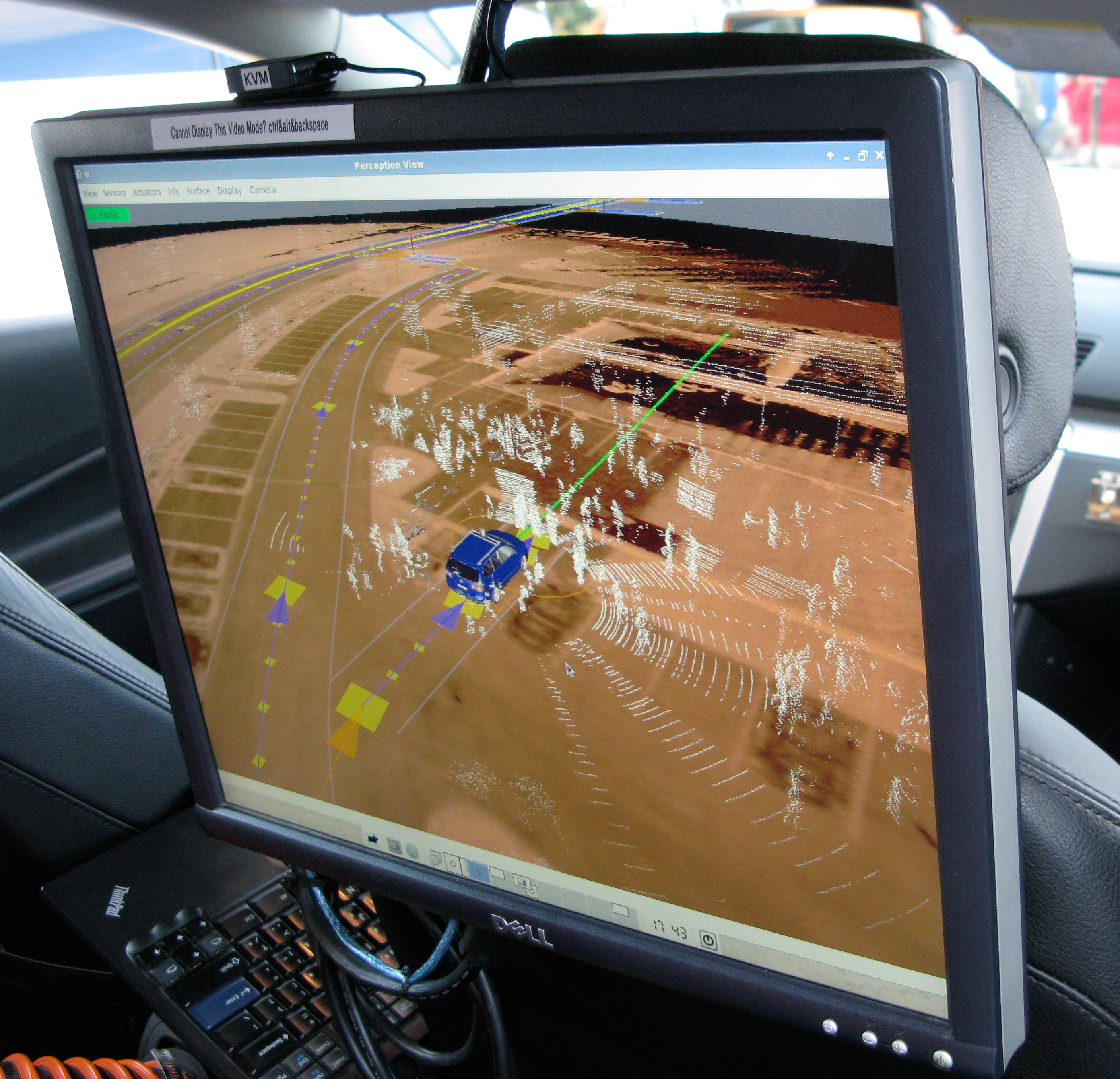Self driving cars and and how the self driving works?how the car move without driver?
Self driving cars or automated cars
A self driving car is also known as Robot cars,automated cars or driverless car. the car which senses the environment and can move in direction without any human input that cars are known as self driving cars.
how the self driving cars works:
How they work

Sensors generate a 3-dimensional map to aid navigation.
Photo: Steve Jurvetson/CC BY (Flickr)
Photo: Steve Jurvetson/CC BY (Flickr)
Various self-driving technologies have been developed by Google, Uber, Tesla, Nissan, and other major automakers, researchers, and technology companies.
While design details vary, most self-driving systems create and maintain an internal map of their surroundings, based on a wide array of sensors, like radar. Uber’s self-driving prototypes use sixty-four laser beams, along with other sensors, to construct their internal map; Google’s prototypes have, at various stages, used lasers, radar, high-powered cameras, and sonar.
Software then processes those inputs, plots a path, and sends instructions to the vehicle’s “actuators,” which control acceleration, braking, and steering. Hard-coded rules, obstacle avoidance algorithms, predictive modeling, and “smart” object discrimination (ie, knowing the difference between a bicycle and a motorcycle) help the software follow traffic rules and navigate obstacles.
Partially-autonomous vehicles may require a human driver to intervene if the system encounters uncertainty; fully-autonomous vehicles may not even offer a steering wheel.
Self-driving cars can be further distinguished as being “connected” or not, indicating whether they can communicate with other vehicles and/or infrastructure, such as next generation traffic lights. Most prototypes do not currently have this capability.
Impacts
The costs and benefits of self-driving cars are still largely hypothetical. More information is needed to fully assess how they’ll impact drivers, the economy, equity, and environmental and public health.
Safety is an overarching concern. Many thousands of people die in motor vehicle crashes every year in the United States (more than 30,000 in 2015); self-driving vehicles could, hypothetically, reduce that number—software could prove to be less error-prone than humans—but cybersecurity is still a chief concern.
Equity is another major consideration. Self-driving technology could help mobilize individuals who are unable to drive themselves, such as the elderly or disabled. But the widespread adoption of autonomous vehicles could also displace millions of Americans employed as drivers, negatively impact public transportation funding, and perpetuate the current transportation system’s injustices.
Environmental impacts are a serious concern, and a major uncertainty. Accessible, affordable, and convenient self-driving cars could increase the total number of miles driven each year. If those vehicles are powered by gasoline, then transportation-related climate emissions could skyrocket. If, however, the vehicles are electrified—and paired with a clean electricity grid—then transportation emissions could drop, perhaps significantly.








Comments
Post a Comment